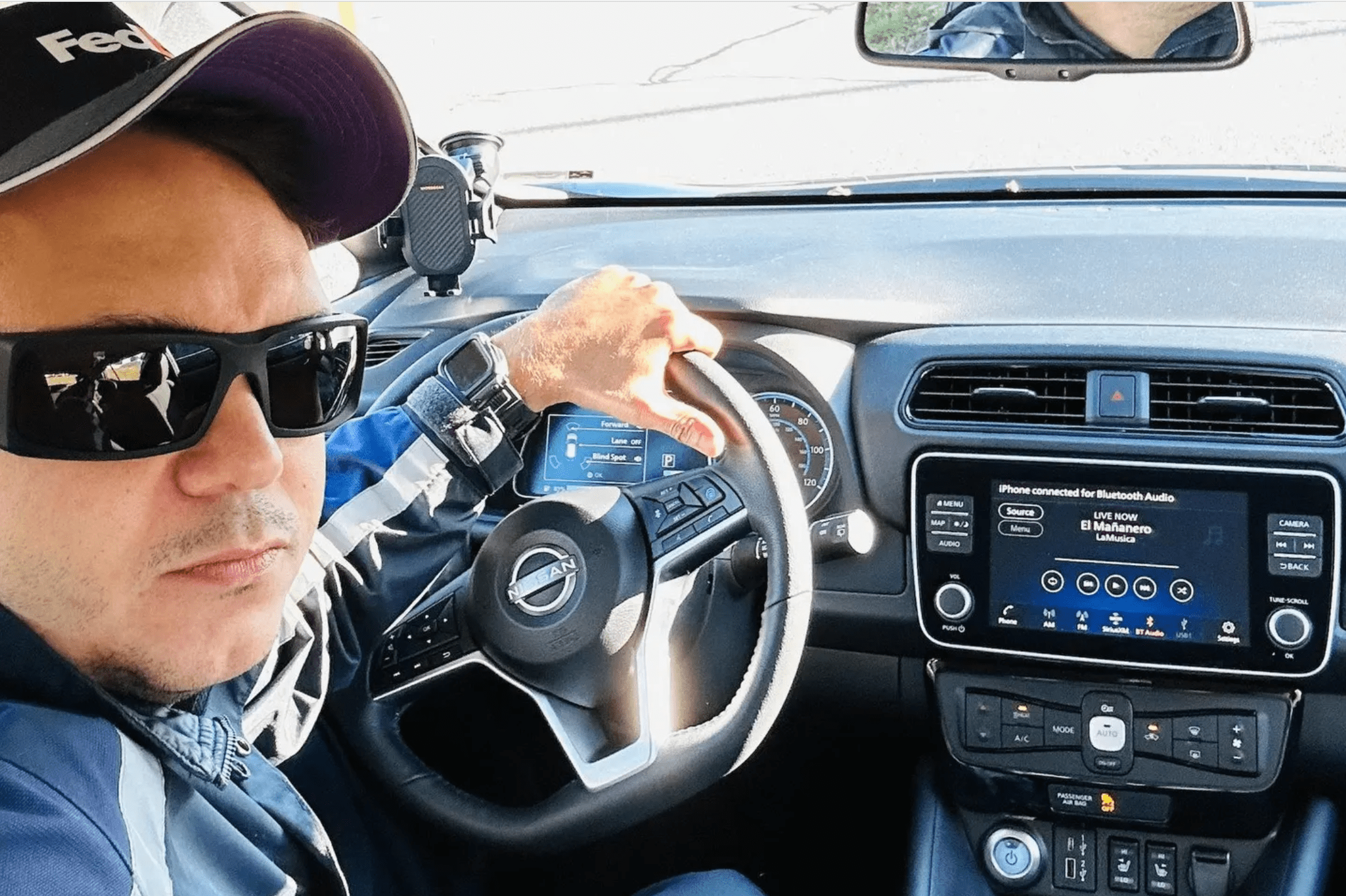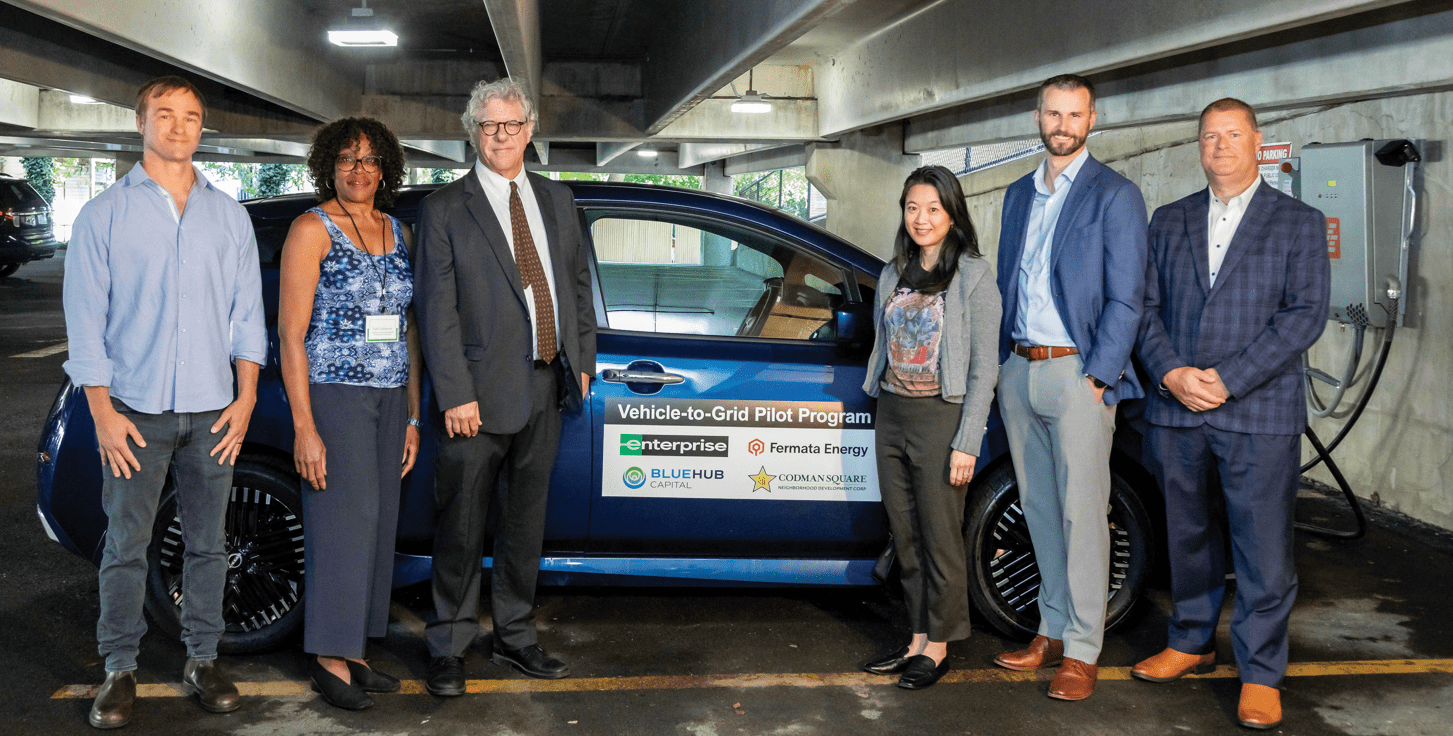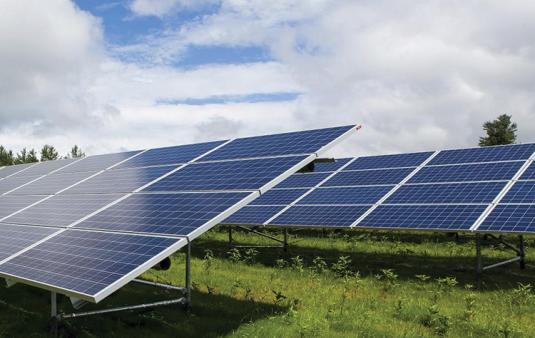BlueHub Energy has always focused on new technologies and their potential to help the communities we serve. We consider how technology can be harnessed to mitigate the negative effects of climate change on these communities — and when and how supportive government policies can be shaped. We believe that good policy emerges from practical experience, and that community development financial institutions (CDFIs) have an obligation to use their knowledge to shape broader thinking. Our current area of interest: electric vehicles (EVs).
People in communities with lower incomes face a series of challenges in the transition to EVs. While the cost of purchasing or leasing an EV remains high, government incentives are helping lower those costs. However, the costs of installing and maintaining charging infrastructure for most multifamily properties is often prohibitive, leaving those communities as “charging deserts”; further, the cost of fueling the car — with electricity — is expensive.
Enter BlueHub’s innovative pilot program. Since many cars sit parked for hours at a time, a system known as vehicle-to-grid (V2G) taps the EV battery to deliver electricity back to the electric grid. Utility companies pay for this electricity. Our first-in-the-nation affordable housing V2G project brings together V2G services provider Fermata Energy, Enterprise Mobility and Codman Square Neighborhood Development Corporation (CSNDC). It makes EVs a practical solution for people like Kelvyn Lopez. Today, Lopez, a resident of CSNDC's Girls Latin Apartments in Dorchester, Massachusetts, is driving a Nissan LEAF at a reduced cost and is saving hundreds of dollars each month in gas. Bi-directional charging taps into the car battery to provide an alternative clean energy source for the grid at peak times and when Lopez doesn’t need the car; the combination lowers the cost of both EVs and EV charging infrastructure.

Lopez had wanted to go electric. As he notes, “My whole career has centered around cars. I’ve worked as a valet and Uber driver, and now I drive line haul routes for FedEx, so I see firsthand the pollution created by gas vehicles and the impact of rising gas prices.” That local air pollution is often a major source of asthma and respiratory illnesses in communities like Codman Square.
The pilot program is testing how V2G can subsidize the cost of installing and operating an EV charger at affordable housing developments. Eversource, the local utility company, pays about $3,000 a year for the electricity from the car, allowing CSNDC to receive the charger at no cost through the pilot program.
Economics aren’t the only draw for Lopez. “Having a fully electric vehicle allows me to show my children how we are playing our part in the transition to clean energy that our community and the world need.”
That is core to our mission, too: ensuring that low-income and environmental justice communities are leading the way toward a greener future. As new technologies become available, we will continue to develop innovative environmental financing that includes everyone in the transition to a clean, renewable energy system.


